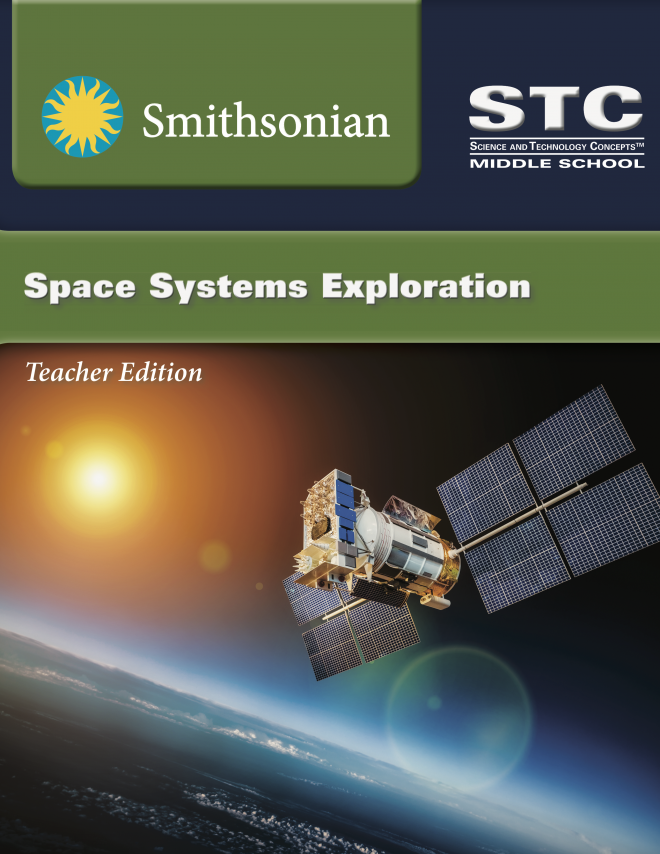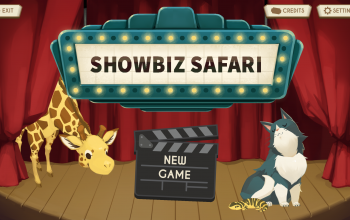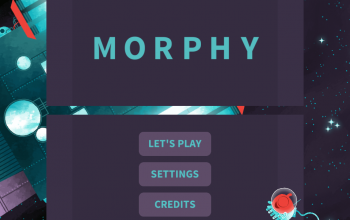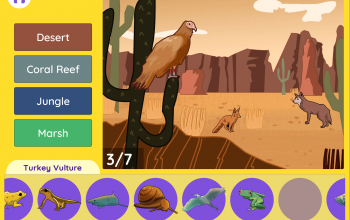STCMS™: Space Systems Exploration (2018)
Students of all ages have an innate curiosity about our solar system and the broader universe. Space Systems Exploration taps into this curiosity by helping students clarify what they already know about space. Then, starting with the Sun-Earth-Moon system, it challenges them to perform a series of investigations through which they extend and enrich this knowledge. This unit addresses the 3 dimensions of the Next Generation Science Standards (NGSS) for grades 6 through 8.
For all Blackline Masters, teacher Lesson Masters and unit Written Assessments, go to Carolina Science Online.
Lesson 1: Pre-Assessment: Space Systems Exploration
Check out this resource for common misconceptions from the American Association for the Advancement of Science.
Lesson 2: The Sun-Earth-Moon System
Did Earth ever have more than one moon? Have students read Earth’s Moon Could Be Made From 20 Mini Moons to uncover the latest hypothesis.
After students read about satellites on page 34, have students play the Build It Yourself: Satellite game
Lesson 3: Why Earth’s Tilt Matters
Can Earth’s seasons affect the movement of its continents? Have students read the article Australia Moves Millimeters In Tune With the Seasons to find out.
Do objects always cast a shadow? Have students read the article On the Solstice, People in the Tropics Cast No Shadow to find out. Afterwards, have students identify regions such as cities or countries that would display this phenomenon each summer solstice.
Lesson 4: Investigating Lunar Phases
Are plants affected by lunar phases? Have students read “Wereplant” Releases Its Pollen By the Light of the Full Moon to find out. Encourage students to write a summary of the article and identify some problems that may arise in the future for any plants that rely on phases of the moon.
Encourage students to research a moon associated with another planet, such as Io, Titan, Europa, and Phobos. Students should write a short essay on their moon and determine whether or not the moon’s associated planet would experience its own moon phases.
Can Earth’s tides affect the moon? Have students read Earth’s Gravity Is Reshaping the Moon to learn more.
Lesson 5: Solar and Lunar Eclipses
Have students research additional folklore on solar and lunar eclipses from other cultures and record their findings in their science notebooks.
Lesson 6: Modeling the Solar System
Have students research the construction of the International Space Station and identify some criteria and constraints that scientists and engineers around the world likely had to follow during its design process.
Have students research Galileo Galilei and his many contributions to space science.
Lesson 7: Gravity: Bending Space-Time
Create Microgravity by cutting a rubber band and tying one end to washers. Tape the free end of the rubber band to the inside of a cup. Hold the cup upside down. Slowly turn the cup right side up so that the washers hang outside the cup. Drop the cup to the floor from eye level. Observe what happens to the weights.
Lesson 8: Gravity’s Role in the Universe
Have students read New Definition Would Make the Moon and Pluto Planets and write a persuasive argument that either supports or refutes this new proposed definition by some members of the scientific community.
Lesson 9: The Challenges of Space Exploration
Have students pick a movie, TV show, or book that they are familiar with that portrays space exploration. Have them create a table with the headings “Accurate” and “Inaccurate” and complete the table with information or characteristics from the movie/TV show/book that they chose.
Lesson 10: Assessment: Space Systems Exploration
Have students research a past or current space exploration mission, including rovers, space probes, and orbiters. Students should write an essay describing the mission and what is has, or is expected to discover, while in space.
Lesson 1
This video from National Geographic describes out solar system.
Lesson 2
This video explains Earth’s rotation on its axis and its revolution around the Sun.
Lesson 3
This article from NASA states how solar radiation affects climate change.
This video explains seasonal patterns here on Earth.
Lesson 4
This video from the Smithsonian National Museum of Natural History explains ocean currents.
Explore tides through NOAA Ocean Service Education.
Lesson 5
This video from NASA explains lunar eclipses.
This article from NASA discusses the difference between lunar and solar eclipses.
Lesson 6
Watch a recording of the first moon landing.
Watch a recording of cosmonauts in space.
Explore our solar system more in depth.
Online interactive that helps students understand the size of planets in the galaxy.
Lesson 7
This video from NASA describes gravity in Space.
Read about the latest news and articles relating to Jupiter.
Lesson 8
NASA summarizes the story with a timeline of the big bang theory.
NASA provides informational text about Kepler’s laws, Newton’s laws, and Einstein’s theories.
Lesson 9
Check out NASA’s most recent news about Mars.
Check out seven cool space probes, their missions, and their discoveries in this video.
Lesson 10
NASA’s website with information on what it is like to live in Space.




Kit Tips & Tricks